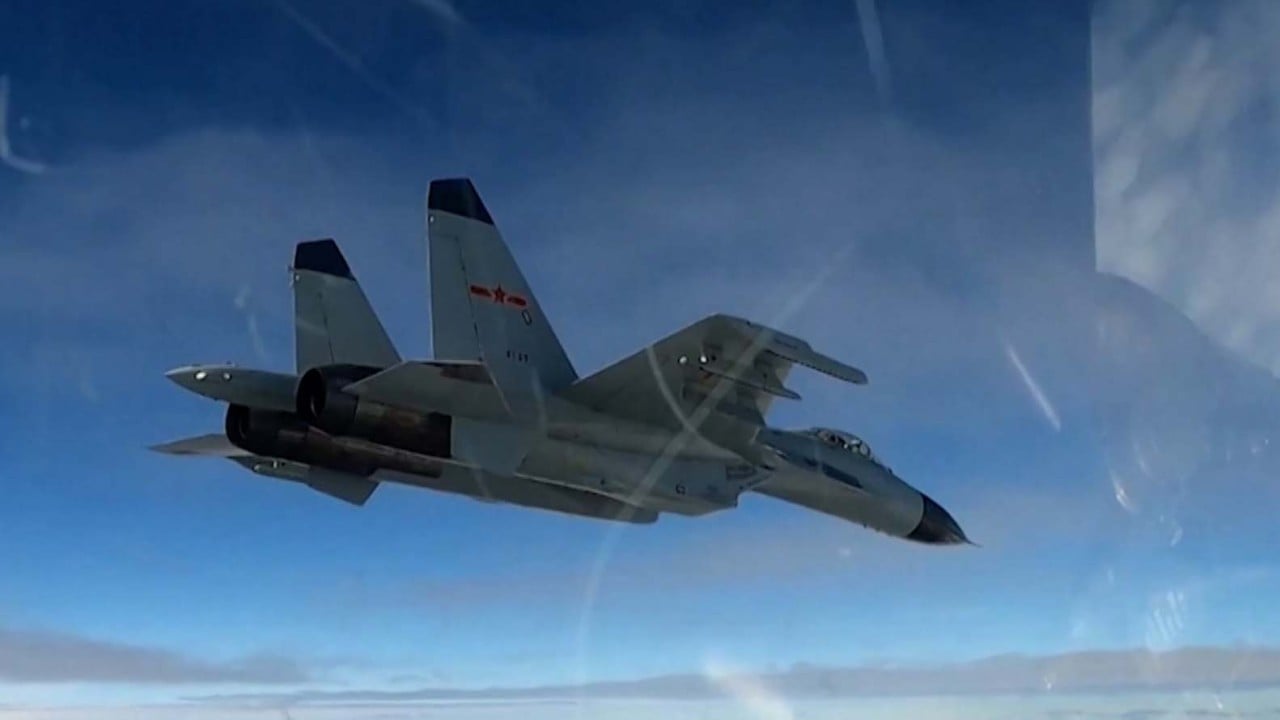
How demilitarisation can ensure peace and stability in the South China Sea
- China and Asean claimants could draw inspiration from the four-point formula Pakistan used to try to resolve its Kashmir stalemate with India
- This would involve agreeing on shared sovereignty and joint economic development, with a binding code of conduct the goal, and eventual settlement of disputes an added bonus
Still, the proposal to consider the code of conduct as a mechanism for crisis management in the South China Sea could be a stepping stone to peace.

Inspiration could be drawn from the four-point formula put forward by then Pakistan president Pervez Musharraf in 2006 to try to resolve the Kashmir stalemate with India. This called for demilitarisation, self-governance, no border changes and joint supervision. These ideas could be modified to suit the South China Sea.
The involved nations could agree on shared sovereignty and the joint development of economic zones in the disputed waters – therefore acknowledging sovereignty claims and addressing historical grievances. Joint patrols, fishing agreements and energy exploration deals could also be negotiated to reduce tensions, increase cooperation and build confidence.
A conclusive and binding code of conduct should be the goal, with the eventual settlement of disputes an added bonus.
Demilitarisation would also tie in nicely with Asean’s wish for the region to be free of nuclear weapons, embodied in its Southeast Asia Nuclear Weapon-Free Zone treaty, also known as the Bangkok Treaty.
Against this backdrop, it would be unrealistic to expect the US to agree to the Bangkok Treaty or any proposal that excludes the option to use nuclear weapons in the region. Instead, the US, China and other major military powers could consider reduced militarisation in the South China Sea as a pragmatic option.
Could China support for Asean nuclear weapon-free zone be ‘counter-intuitive’?
If the US were to gain greater access to military facilities in Southeast Asia around the South China Sea for potential operations against China, it would only provide a pretext for Beijing to increase its military mobilisation against countries in the region.
Therefore, Asean should build a consensus and make a joint statement with a view to reducing the number of American and Chinese military and naval operations in the neighbourhood, cut back on the allocation of military bases to the US, and place restrictions on the deployment of nuclear-powered ballistic missile submarines during peacetime.
Effective implementation of these measures would necessitate significant diplomatic cooperation, compromise and a delicate balancing of interests among regional countries and major powers.
Fortunately, there is evidence that China is willing to compromise on its sovereign claims. In 1952, as a demonstration of its friendship with Vietnam, Beijing removed two “dashes” from its claimed waterways, cutting it down to the “nine-dash line”. If Asean can compromise by allowing less militarisation or military involvement with the US, Beijing could be convinced to remove more dashes.
Without compromise, any solution to the South China Sea disputes and an end to the region’s security tensions look elusive. Something has to give.
Riaz Khokhar is a policy associate at the Center for Regional and Global Connectivity at Tabadlab, Islamabad



